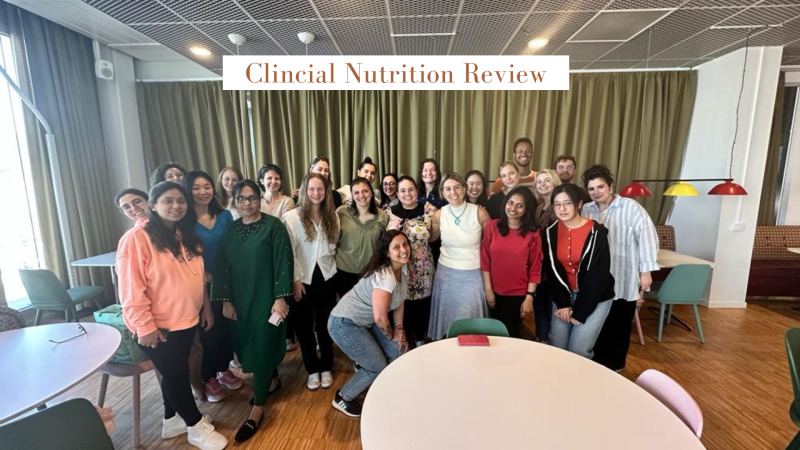
We don’t eat nutrients, we eat food! Clinical Nutrition Course Review
As one of our last courses of the first year, we had Clinical Nutrition. We learned about the prevention, diagnosis, and management of nutritional changes in patients with chronic disease. In order to provide nutritional therapy you must take into account more than just the mechanisms of the disease but take into consideration the person that is behind the patient. With this course review I want to give you a brief insight on what we did during this module!
More than just medication
In the Western world, most symptoms are treated directly with medication. However, plenty of treatment can benefit from nutritional interventions in particular for non-communicable diseases (NCDs) such as diabetes, hypertension, and chronic kidney disease. Most importantly, nutrition strategies don’t only alleviate symptoms but often tackle the root cause of the NCDs. But how do you give nutritional recommendations?
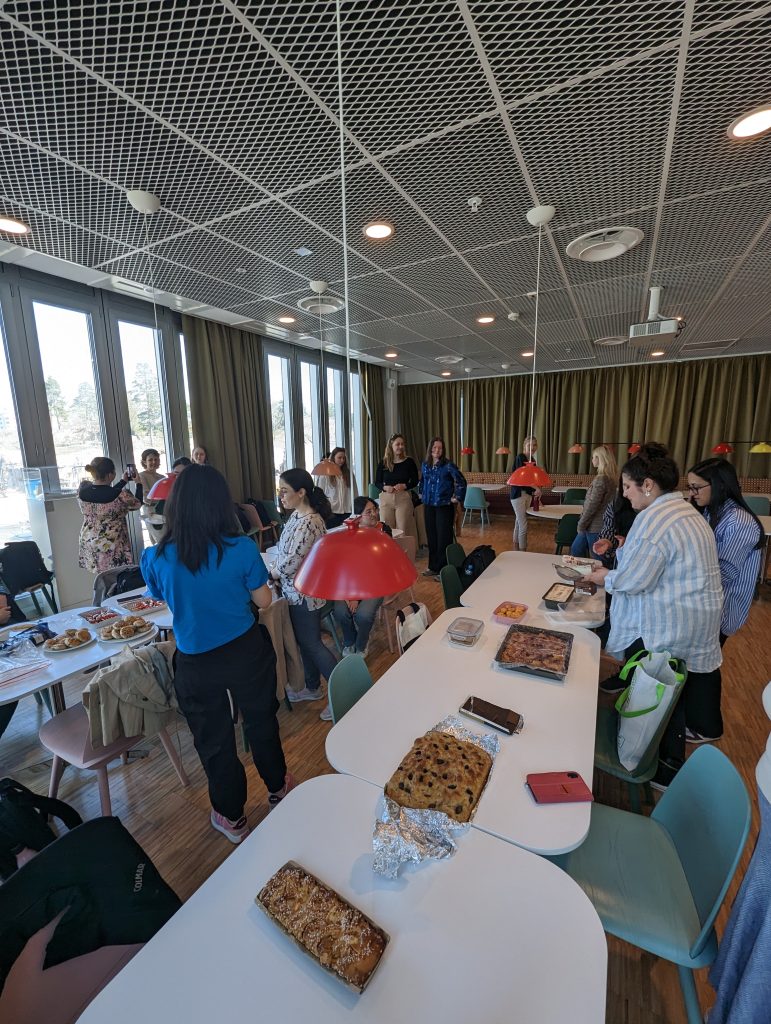
Putting theory into practice
We often learn about recommendations for nutrients: We should consume 800 mg of calcium, 3.5 g of potassium, and 350 mg of Magnesium. Try to tell that a patient! Most experts will not be able to estimate on the spot the exact amount of potassium in a banana. So how can we translate scientific knowledge into digestible pieces of information for the general population?
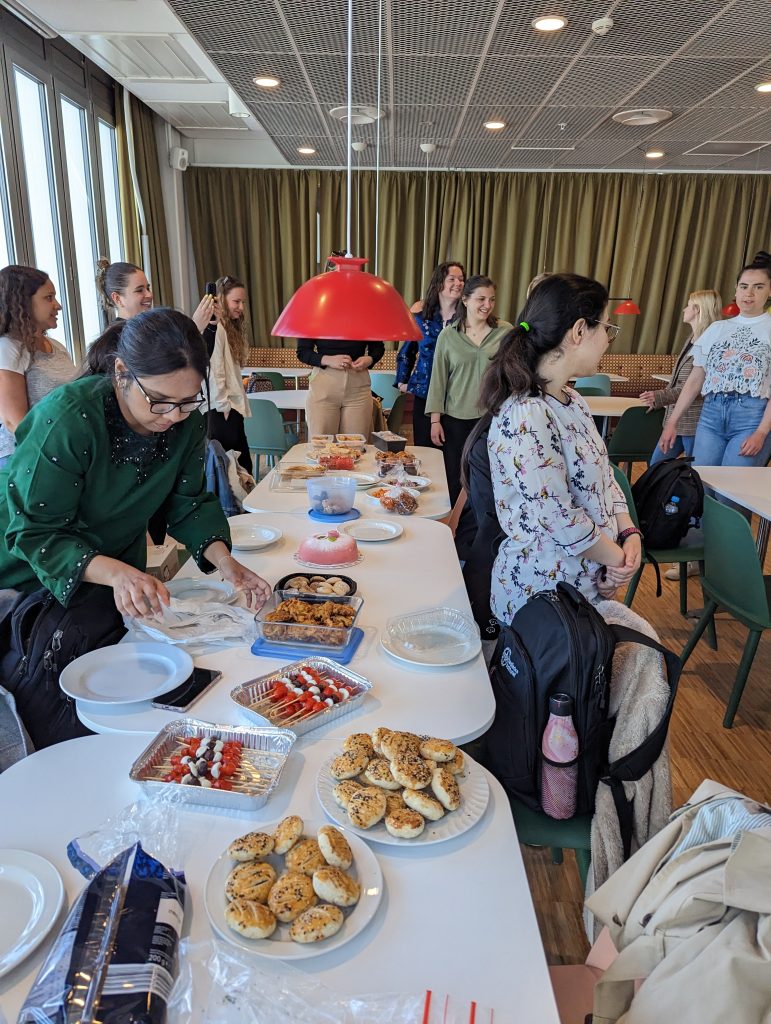
That was a pivotal part of this course. There are many layers behind a person’s disease! If you want to achieve long-term dietary change in a patient you need to take into account aspects such as culture, personal preference, or economic situation. It does not help to advise someone to eat more salmon if they hate fish. Everything is contextual and should be personalized.
What would clinical nutrition be without the clinic?
Knowing what is going on inside the body is essential to provide guidance for nutritional therapy. You can analyze characteristics such as fat percentage, fat-free mass including muscle mass, and potentially water that the body retained.
That’s why we went to the radiology department of the Karolinska hospital next door. There are many different ways to analyze body composition. Here are some that we saw in this course:
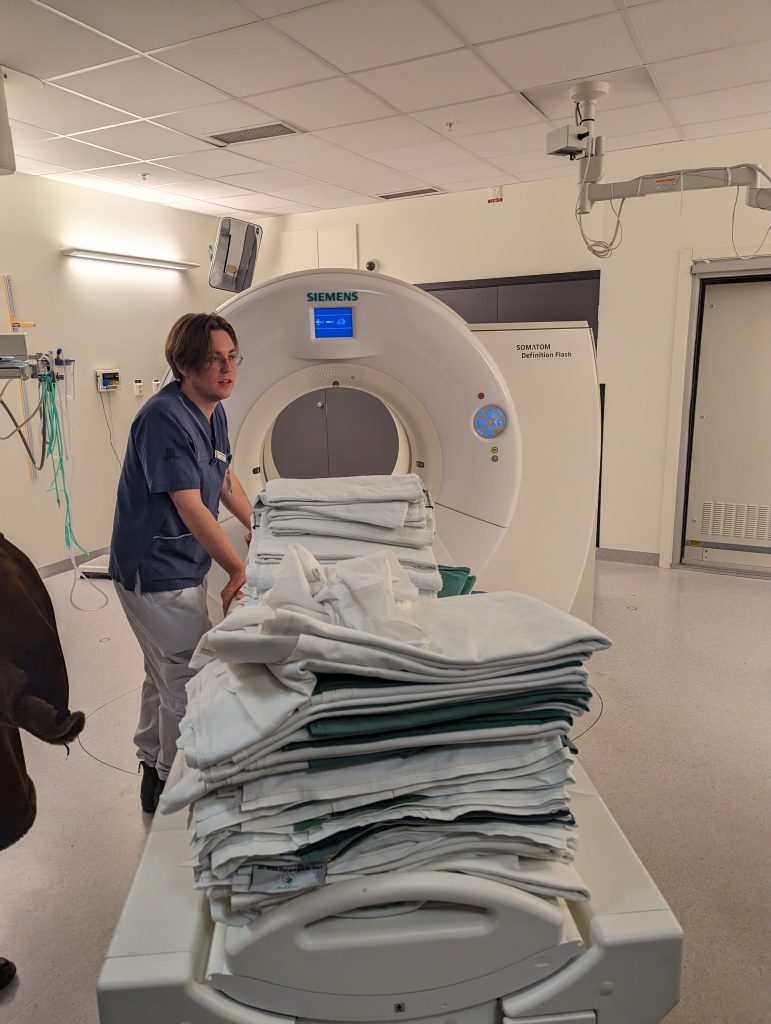
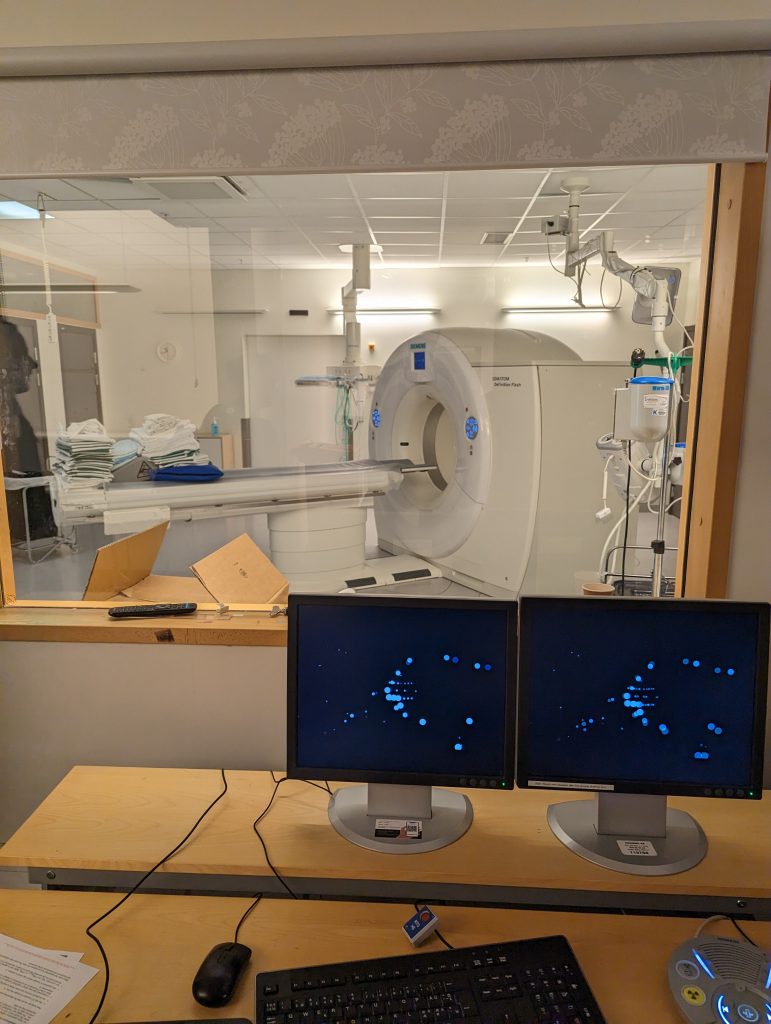
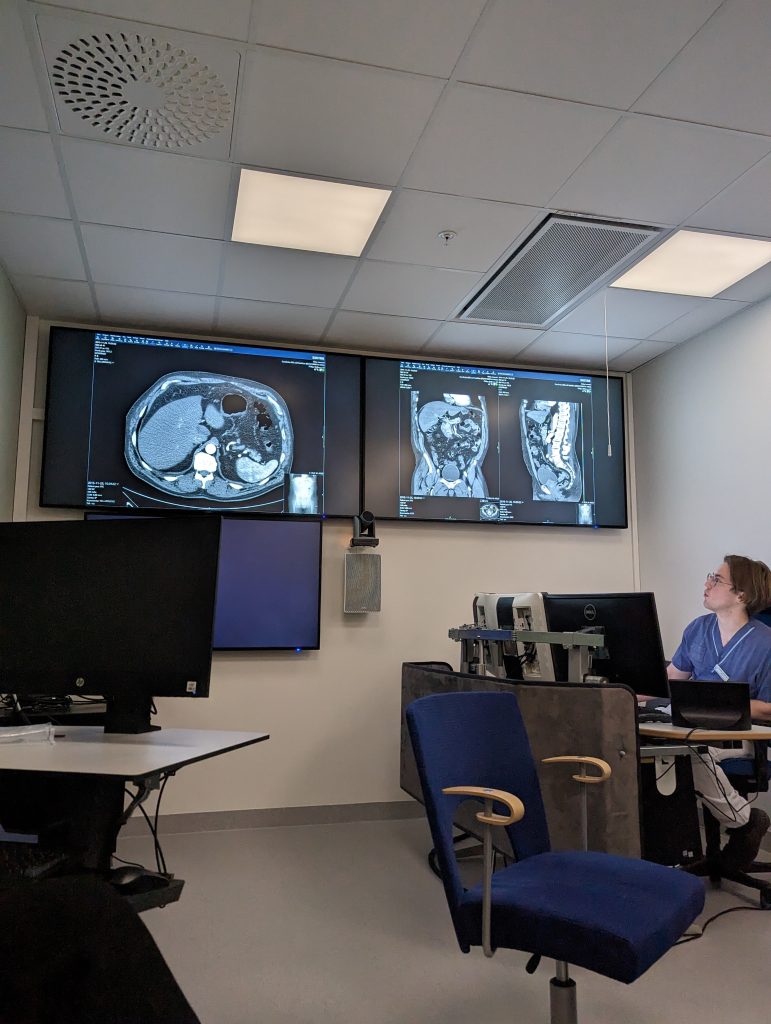
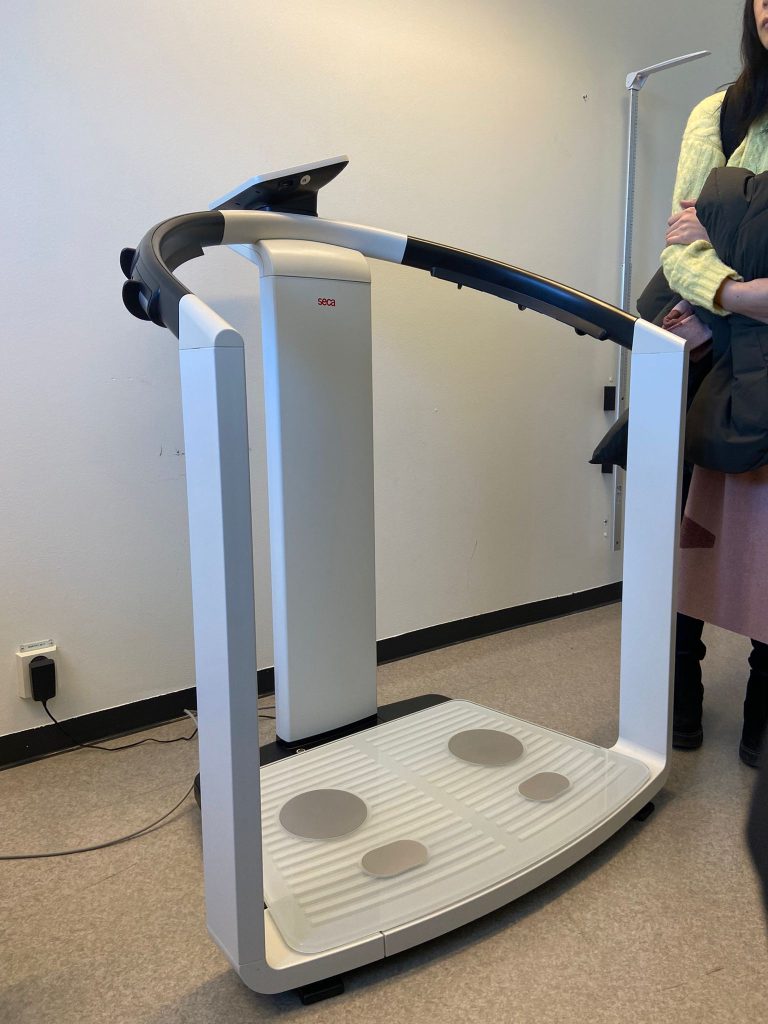
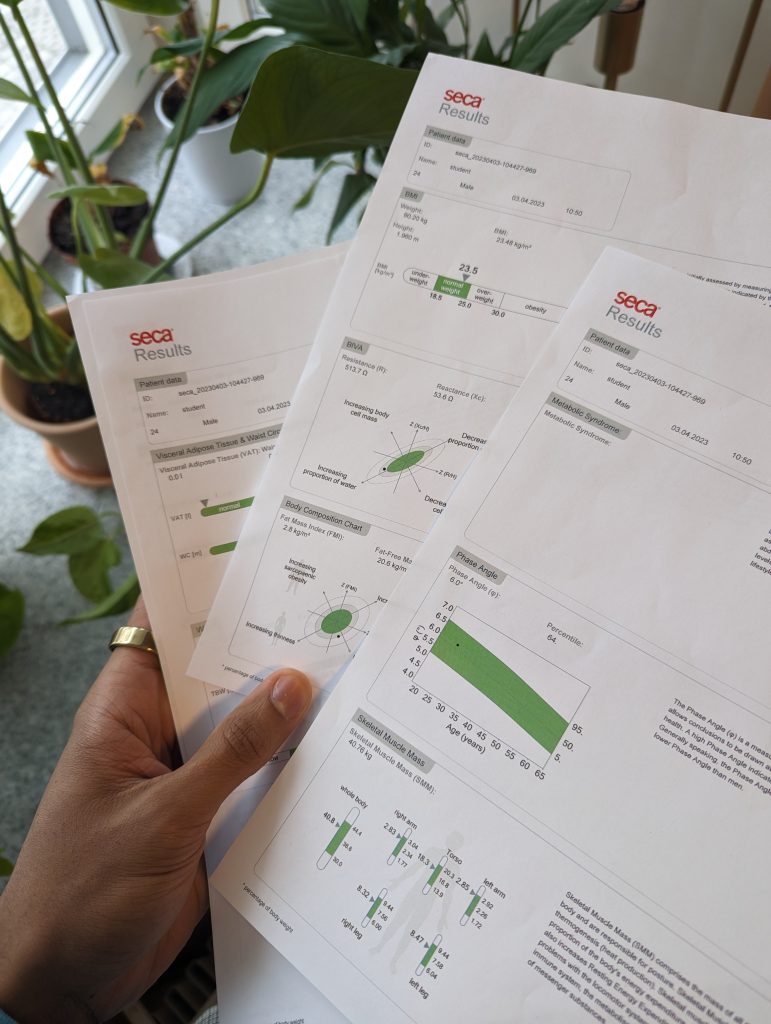
Visiting Di Luca & Di Luca
One of the aspects of making nutrition more practical is obviously the end product. What are the patients buying or consuming? Therefore, companies also need to be considered. We had the opportunity to visit the company Di Luca to see how companies integrate research findings to promote their products. Their focus is on Mediterranean ingredients like olive oil, Parmigiano, and halloumi.
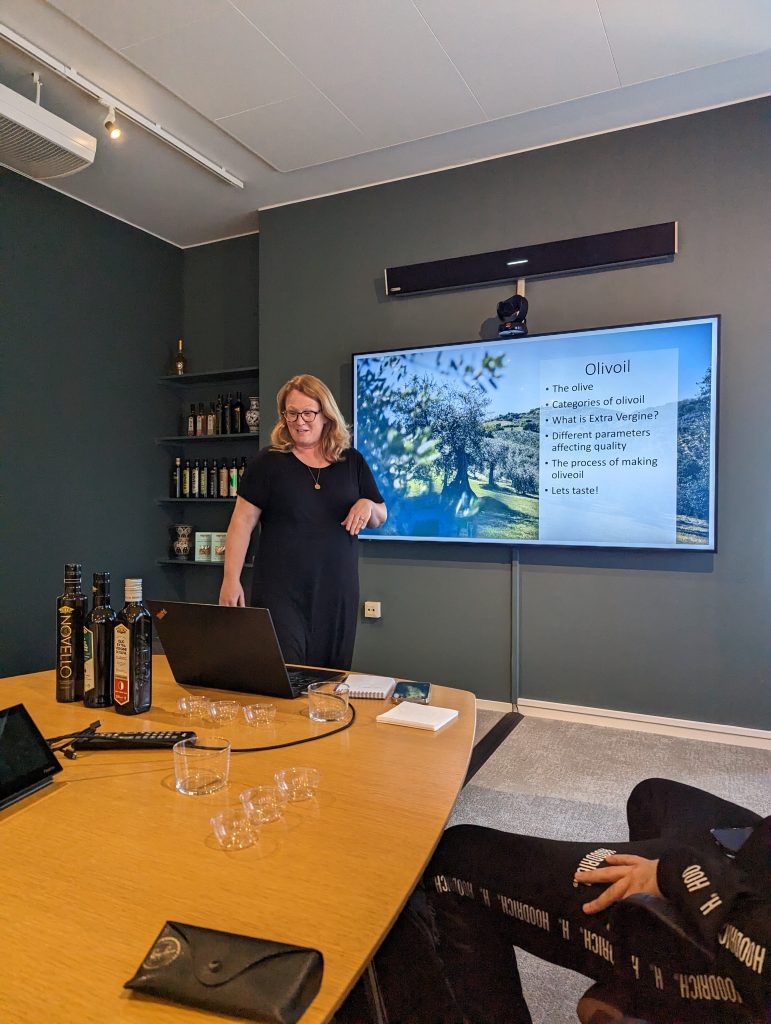
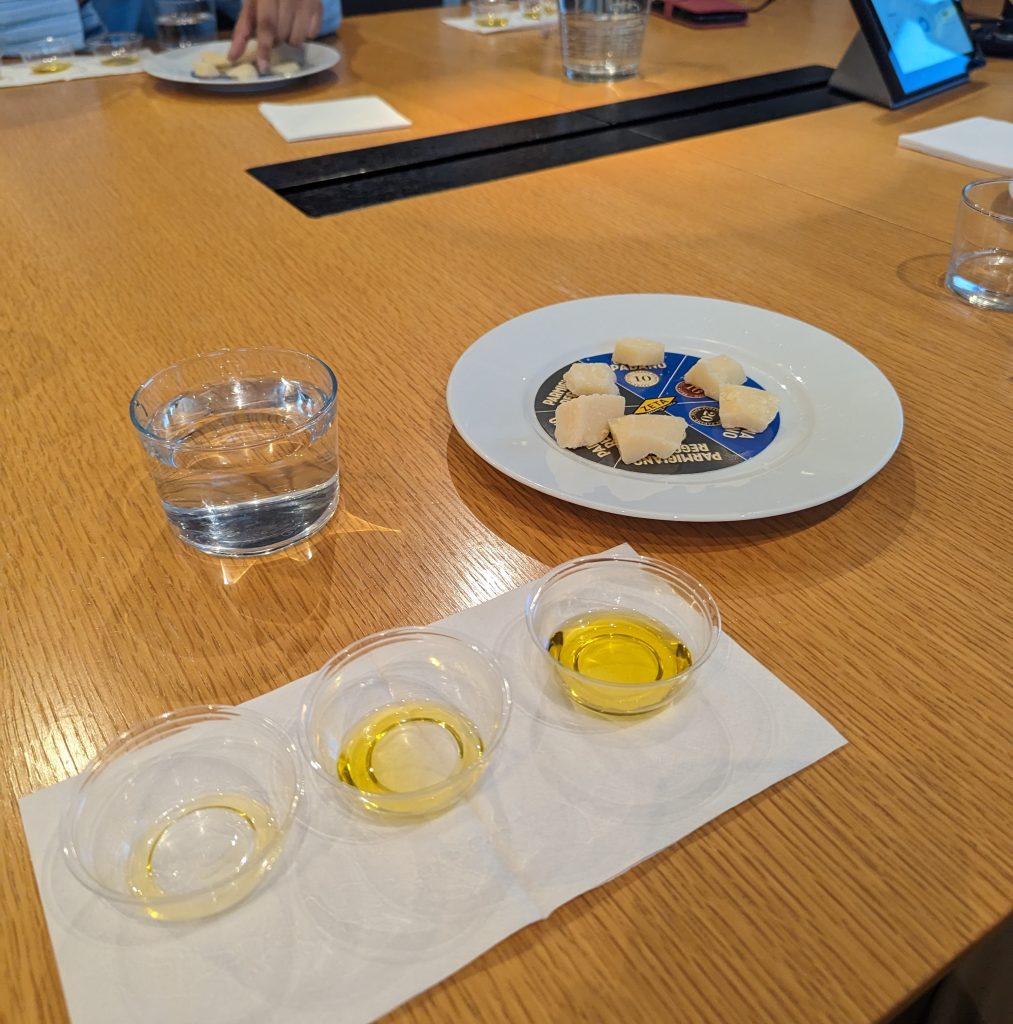
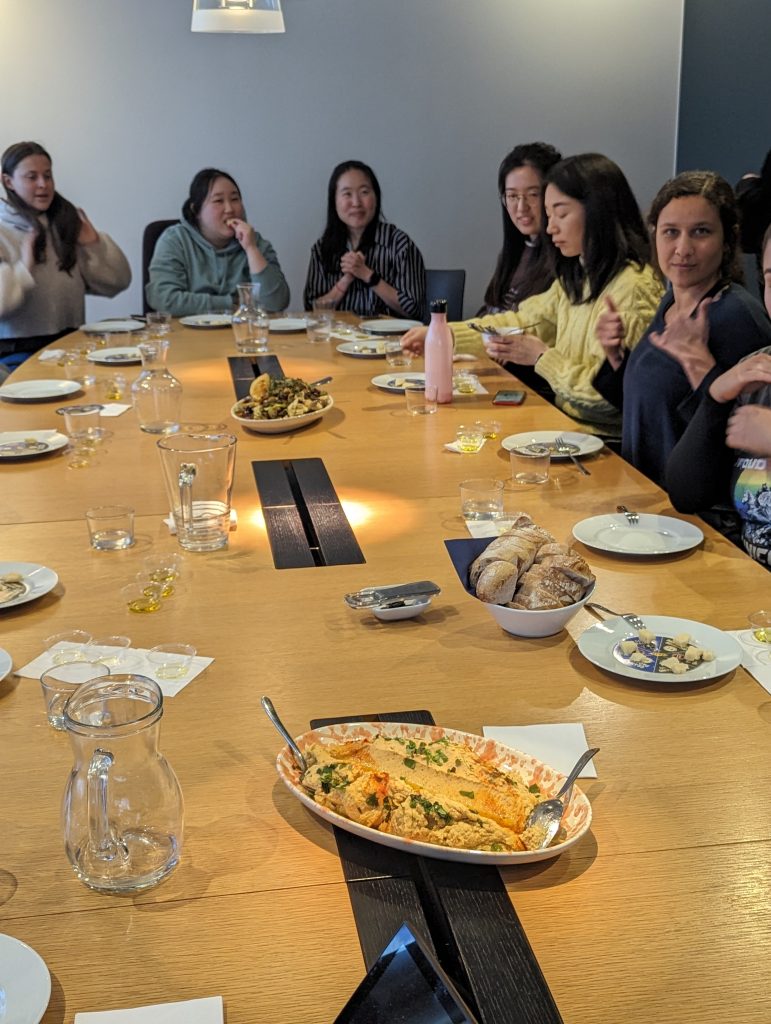
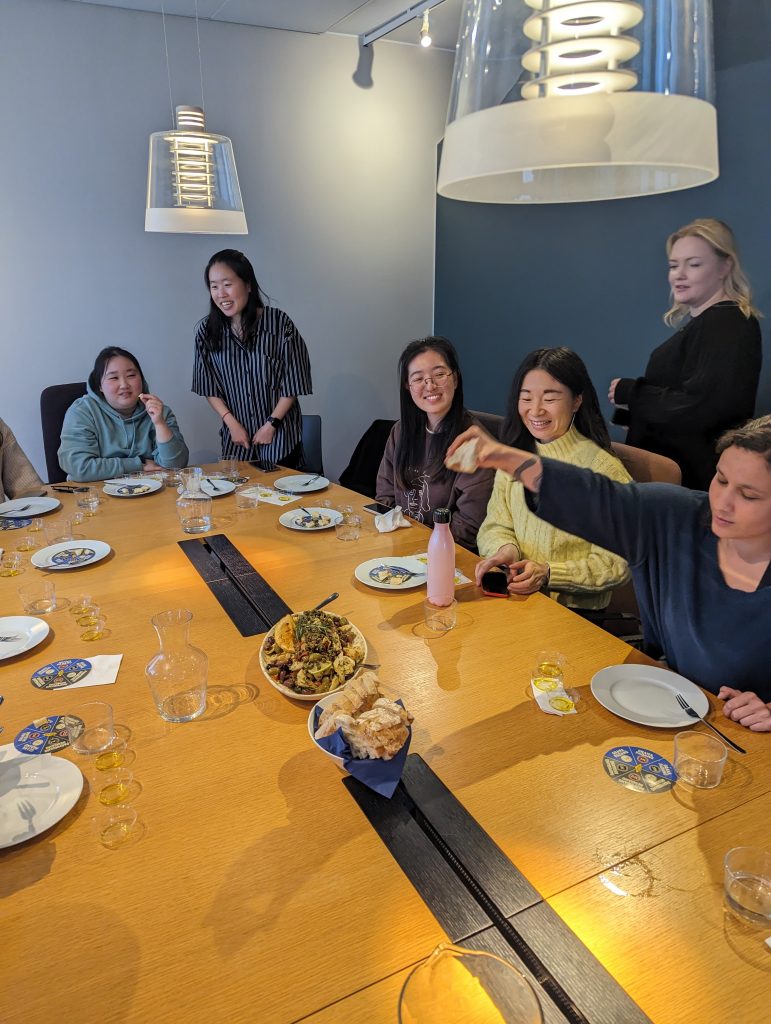
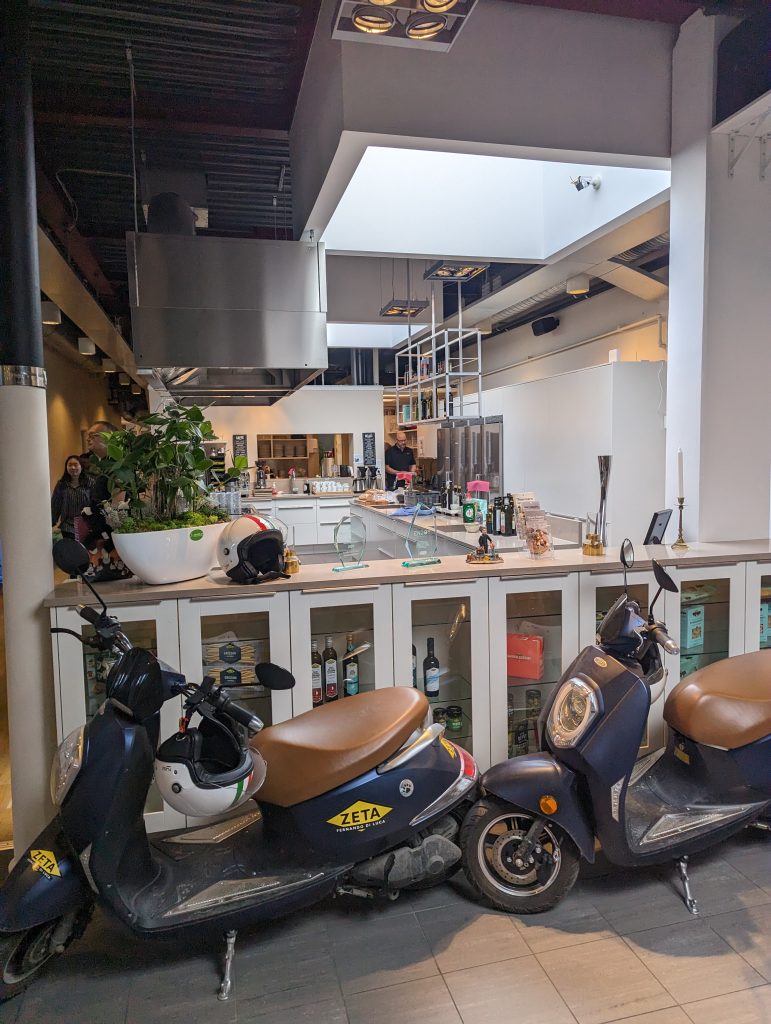
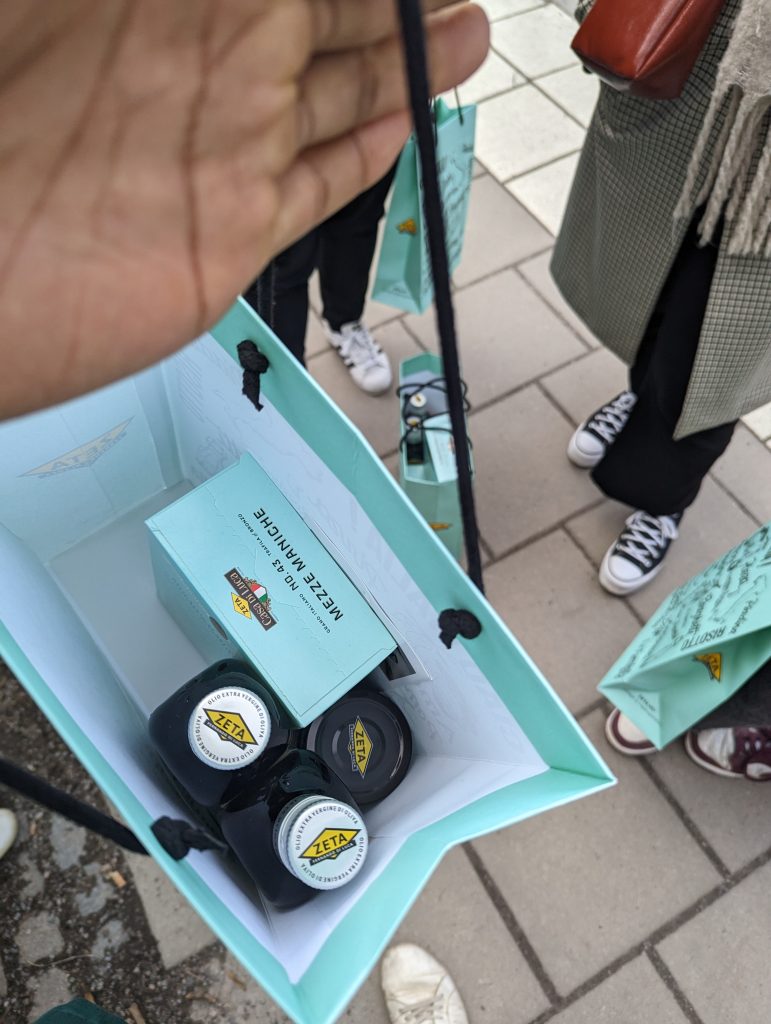
I hope this course review gave you some insight into our program. If you have any questions or feedback feel free to comment down below or contact me through my profile.
-Tade

Tade - Nutrition Science
I am Tade. I am Nigerian/German and the blogger for the Master’s Programme in Nutrition Science. Before KI, I was studying in the Netherlands. My whole life I was interested in food and sports, and that is why I decided to study nutrition. When I learned about KIs group-focused teaching and the international environment I knew where I wanted to go. When I am not exploring or trying different foods I am playing basketball in Solna. If you are ever up for the challenge, you know where to find me!

0 comments